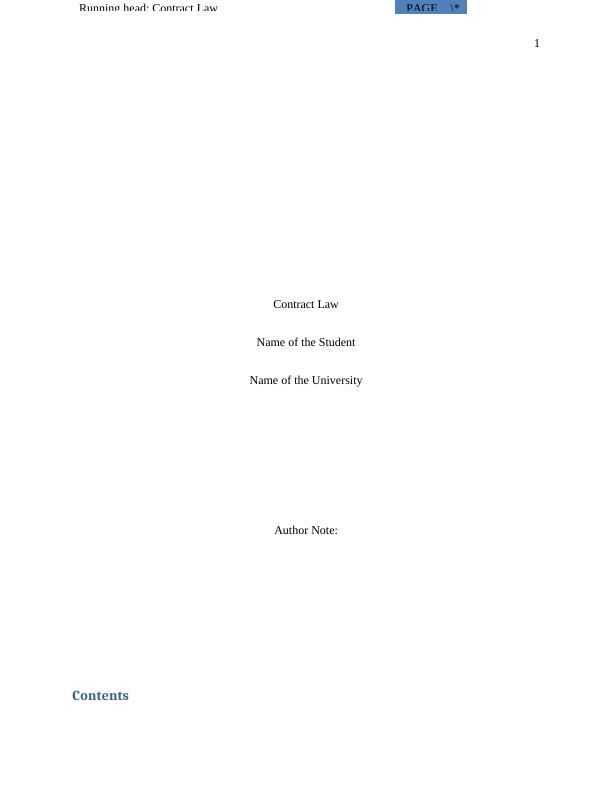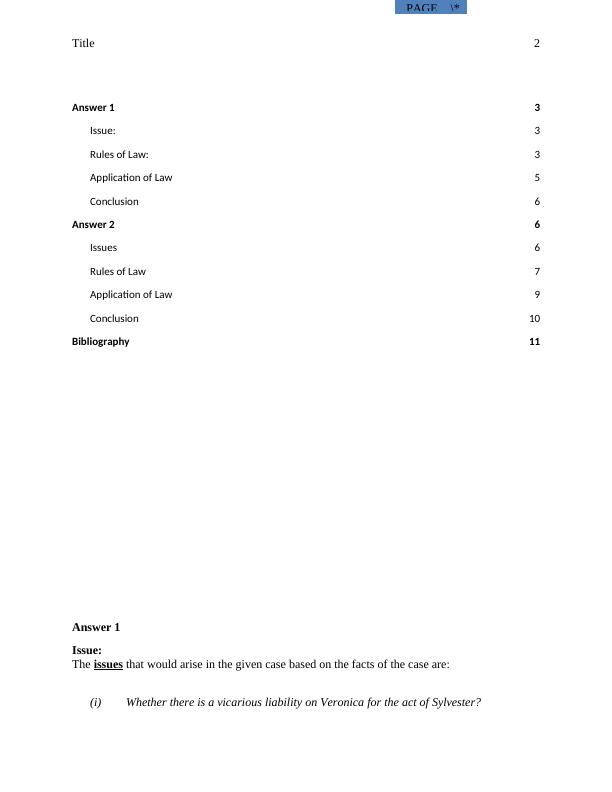University of Bristol - Case Study Of Law | Vicarious Liability
11 Pages2612 Words117 Views
University of Bristol
Medical Law (LAWD20039)
Added on 2020-03-02
About This Document
In this assignment, we discussed about Contract Law and some question answers. In the first question, we discussed about. The issues that would arise in the given case based on the facts of the case are, rules of Law, Application of Law. In answer 2 we discussed about whether there is a payment liability on the partnership for the payment to Mary for the purchase of surveying instruments.
University of Bristol - Case Study Of Law | Vicarious Liability
University of Bristol
Medical Law (LAWD20039)
Added on 2020-03-02
ShareRelated Documents
End of preview
Want to access all the pages? Upload your documents or become a member.
Labour Law: Employee vs Independent Contractor, Casual to Permanent Conversion, Contractor's Agreement, Deduction from Salary, Additional Working Hours, Gender Pay Equity, Duty to Obey Employer Orders
|17
|3777
|139
Employment Act 1955 - Assignment
|9
|2952
|575
Workplace Law Assignment Questions based on Case Study 2017
|11
|2056
|221
Difference between employee and independent contractor | Law
|7
|1133
|312
BSL202 Workplace Law: Assignment
|10
|2205
|287
Difference Between Employee and Independent Contractor
|10
|1731
|44




